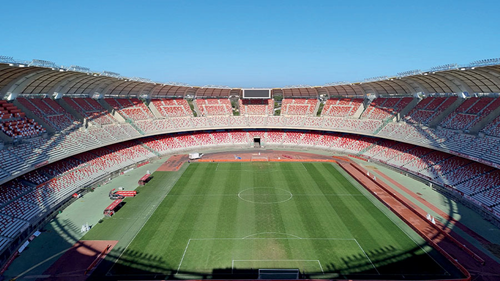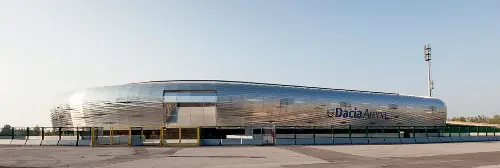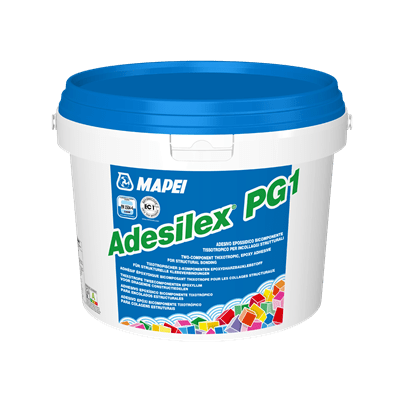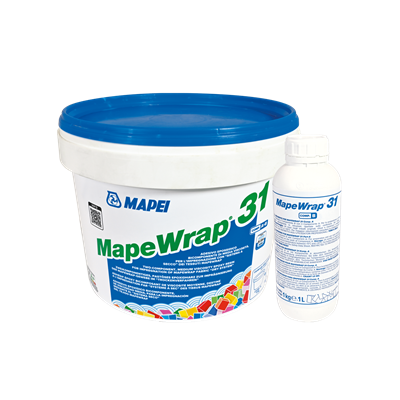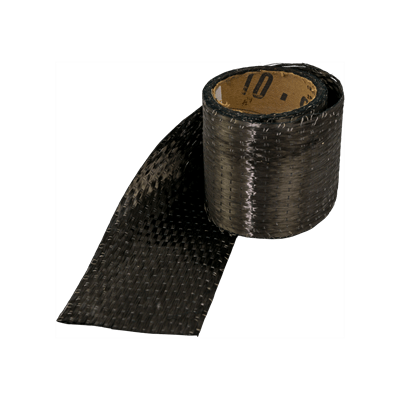

Projects
/
5/7/2025
Football and ceramics: the formula for success at the Estadio de la Cerámica in Villareal
Also known as the Yellow Submarine, the home stadium of the Villarreal team has been modernised, thanks also to the use of Mapei systems
The renovation of Estadio de la Cerámica in Villareal reflects the strong bond between football and local ceramic industry. Once known as El Madrigal, the stadium was modernized and renovated using cutting-edge Mapei structural strengthening systems. The project symbolizes how sports and ceramics shape the identity and success of the region.
The Spanish city of Villarreal became known at international level thanks to the Villarreal Club de Fútbol. El Submarino Amarillo (yellow submarine), the team’s nickname because of the yellow jerseys worn by the players, was founded in 1923 and, after years of playing in the minor leagues, in 1998 they won their first promotion to the first division. 2000 saw the return of Villarreal to Liga football, the Spanish national championships. The team qualified for the UEFA Cup in 2004 and the Champions League the following year, where the “yellows” are now a regular fixture. Villarreal have become one of the big names in the Spanish championship, alongside Real Madrid and Barcelona. On 26th May in Gdánsk 2001, the team beat Manchester United in the final of the UEFA Europa League, their first ever victory in an international tournament. The same journey undertaken by the team was mirrored by the old Madrigal Stadium which, in 2016, was renamed the Estadio de la Cerámica, underlining the interaction between the club and the local ceramic tiles industry.
From Madrigal to Estadio de la Ceràmica
The history of the stadium is punctuated with renovation works, name changes, and improvements in general. Inaugurated on 17th June 1923, the Campo de Villarreal was renamed Madrigal a few years later, taking its name from the area of land it was built on. After a series of interventions carried out over the years to improve and renovate the structure, in 2022 the club presented a project to further upgrade the stadium, which included the reconstruction of the spaces between the Preferencia and Fondo Sur spectator stands and a roof for 25,000 seats. The designer decided it was necessary to strengthen the pillars and beams supporting the roof. The Mapei Spain Technical Services experts recommended carrying out structural strengthening work by applying systems made up of C-FRP composite materials. The work was carried out in two phases: the first one during the summer of 2022 and the second one over the course of the winter of 2023, following which the structure was ready to host the matches of the new season.

The inside of the stadium after completion of the structural strengthening work.
The first step was to clad the the pillars and beams with Carboplate E 170/100/1.4 pultruded carbon fibre plates which were placed and bonded in place with the thixotropic adhesives Adesilex PG1 and Adesilex PG2. MapeWrap Primer 1 two-component epoxy primer was then applied on the substrates, followed by MapeWrap C UNI AX 600/40 and MapeWrap C UNI AX 300/40 high strength, high modulus, unidirectional carbon fibre fabrics which were impregnated with MapeWrap 31 epoxy adhesive. MapeWrap C Connector 20/15/10 carbon fibre connectors were also employed to guarantee a firmer connection between the substrate and strengthening systems. Lastly, to fasten the anchoring rods in place, it was recommended to use Mapefix EP 385 (now available Mapefix EP 100).
The tight bond between the Estadio de la Cerámica and the Villarreal area reminds us of the bond between Sassuolo Calcio and the Sassuolo ceramics district: both represent a solid bond between sport and local industry and mirror the identity and history of excellence of their territories.

Applying the MapeWrap C UNI AXstrengthening system.
Project information
Estadio de la Cerámica –Villarreal, Castelló (Spain)
Period of construction: 1926-1928
Period of intervention: 2022-2023
Intervention by Mapei: supply of products to structural strengthening beams and pillars for the roof
Design: Idom
Owner: Villarreal CF
Main contractor: Alviben (Jorpasa)
Installation contractor: Quimica Especial Aplicada S.L.
Mapei coordinators: José Olucha, Pedro Madera and Beatriz Pozo, Mapei Spain








